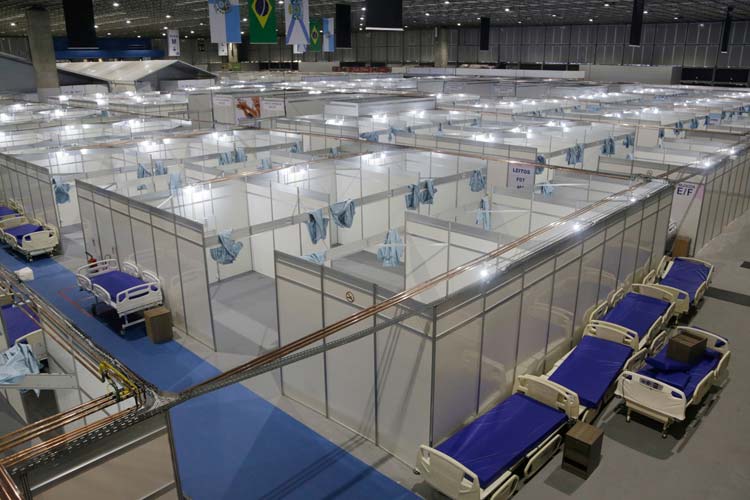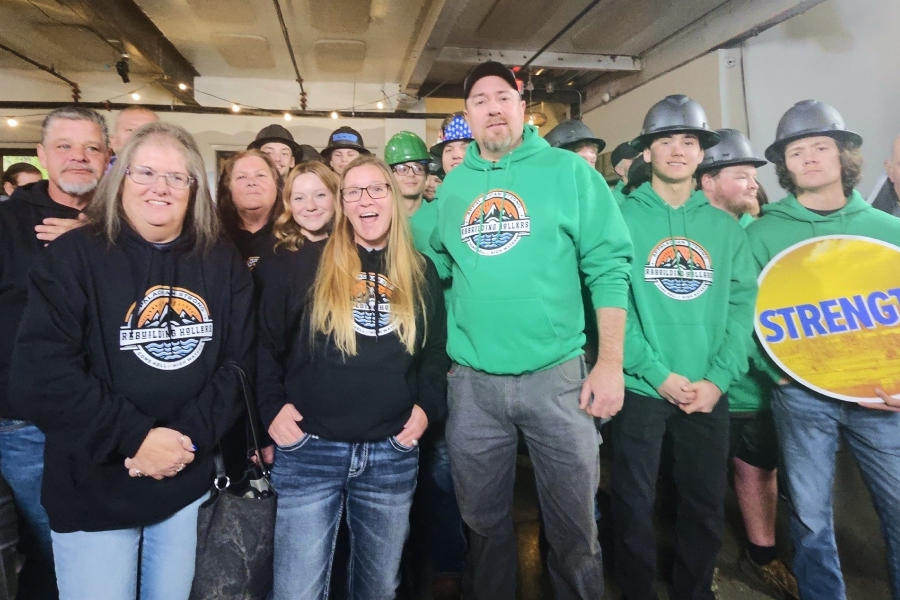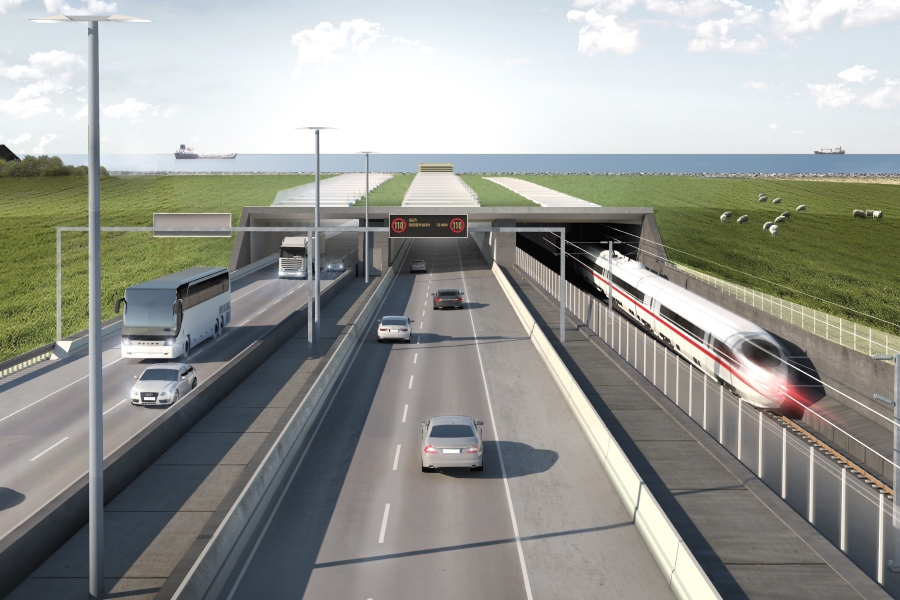On February 3, a brand new 1,000-bed hospital opened on the outskirts of Wuhan, China.
The Huoshenshan Hospital was welcomed as a necessary step in the region’s fight against a novel coronavirus, which had taken hold of the country and sickened much of the population, leaving more than 360 people dead at the time.
Another reason the hospital was celebrated: it took just 10 days to build.
Using an around-the-clock staff of 7,000 workers, the Huoshenshan Hospital came to life in what experts said was an exceptional pace.
As COVID-19, the disease caused by the coronavirus, overtook the United States just more than a month later, overwhelming existing hospitals, similar emergency field facilities were also constructed across the country. The effort cost more than $660 million.
None of these field hospitals, however, were built on such an impressive timeline as Huoshenshan Hospital in Wuhan.
Now, a spike in COVID-19 cases across many states in the U.S. has created fresh demand for hospital facilities that are experiencing capacity shortages, leaving many to wonder if additional quick-response healthcare facilities will be needed. This is especially true heading into the fall and winter months, when many health experts predict a possible second wave of infections.
This begs two questions:
- How, exactly, did the Huoshenshan Hospital get built so quickly?
- And could U.S. builders replicate such quick-response construction if necessary?
To help answer these questions, the Bluebeam Blog interviewed Stephen Meuschke, vice president of operations for the central region at McCarthy, one of the top healthcare contractors in the world. The company has built more than 1,000 healthcare facilities—and renovated thousands more—over its history.
Meuschke’s experience building field hospitals is most recently exemplified through his team’s work in Joplin, Missouri, the day after the 50,000-resident city was struck by a devastating tornado in 2011 that damaged one of the area’s two main hospitals and completely destroyed the other.
It takes an average of three to six years to build a traditional hospital, according to Meuschke, from initial programming to having patients in beds. “It can take longer or shorter depending on the size, site conditions and how fast the owner can progress through programing and design,” he said.
How was Huoshenshan Hospital built so quickly?
While Huoshenshan Hospital was technically built in 10 days, much had to happen behind the scenes beforehand to make that timeline possible.
“From what I understand, the builders in Wuhan used the same plans from a similar hospital they built in 2003, which saved them significant time,” Meuschke said. “In addition, a lot of the work was pre-fabricated in multiple locations off-site and then brought to the site.”
Meuschke added that other keys to getting the hospital built included having the materials procured and transported to the site and having available manpower working nearly around the clock—two elements that aren’t always available.
There are few examples in the U.S., for instance, where 7,000 workers would be able to come together in such a manner to build a hospital on such a short timeline, Meuschke said.
Can Huoshenshan be replicated in the U.S.? Lessons from Joplin
In Joplin, Meuschke said his team first responded by constructing a 60-bed tent hospital—without plans or any pre-fabricated materials—in a week to get something up and running “as fast as possible.” The hospital had medical gas and could perform MRI and CT scans, but it wasn’t a fully functioning hospital.
The team then constructed another temporary, 120-bed hospital. The walls of that facility took about a month to build, Meuschke said, and were made of compressed Styrofoam between two metal sheets. It had all the capabilities of a standard hospital, but “it was not built to last,” Meuschke said, because “many of the joints relied heavily on caulk so it could only be kept up for so long until maintenance issues arose.”
McCarthy also constructed a third modular hospital in Joplin that Meuschke said had some similarities to Huoshenshan Hospital in Wuhan.
For this third hospital, 60-80% of the materials were initially pre-fabricated in California and shipped to the construction site in Missouri. This two-story, 140-bed, 150,000-square-foot hospital was designed, built and constructed in six months and could last as long as 30 years, Meuschke said.
While there are advanced construction technology tools today—including building information modeling (BIM), virtual and augmented reality, real-time estimating and virtual plan rooms that can speed up the process—construction still takes time.
“A lot of planning goes into building a standard hospital,” Meuschke said. This makes the coordination and manpower that came together in Wuhan with Huoshenshan Hospital a truly remarkable achievement that is unlikely to be replicated.











